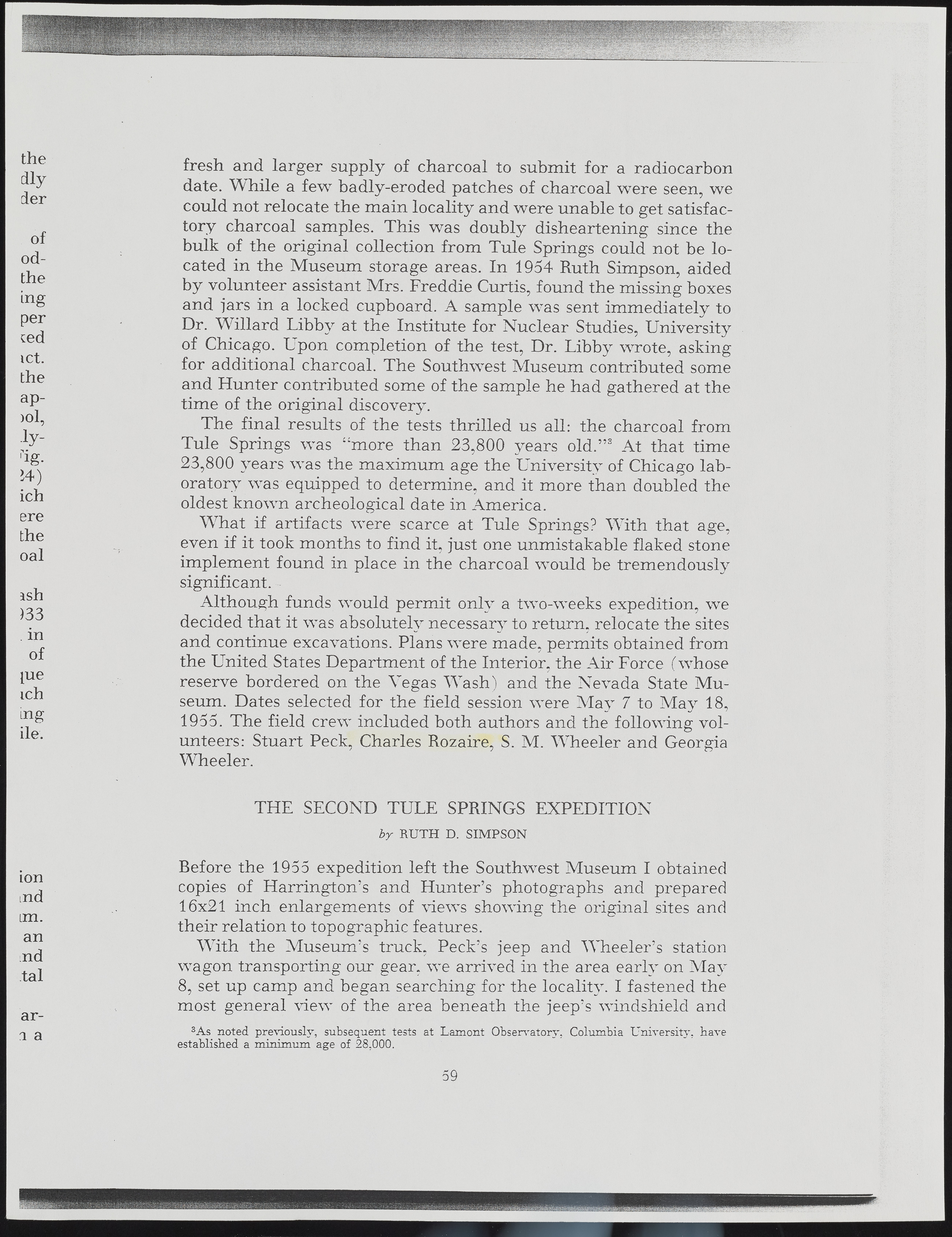Copyright & Fair-use Agreement
UNLV Special Collections provides copies of materials to facilitate private study, scholarship, or research. Material not in the public domain may be used according to fair use of copyrighted materials as defined by copyright law. Please cite us.
Please note that UNLV may not own the copyright to these materials and cannot provide permission to publish or distribute materials when UNLV is not the copyright holder. The user is solely responsible for determining the copyright status of materials and obtaining permission to use material from the copyright holder and for determining whether any permissions relating to any other rights are necessary for the intended use, and for obtaining all required permissions beyond that allowed by fair use.
Read more about our reproduction and use policy.
I agree.Information
Digital ID
Permalink
Details
Member of
More Info
Rights
Digital Provenance
Publisher
Transcription
the dly der of od-the ing per ted ict. the ap- )Ol, iy- 'ig- 14) ich ere the oal ish )33 . in of tu e ich mgm fresh and larger supply of charcoal to submit for a radiocarbon date. W hile a few badly-eroded patches of charcoal were seen, we could not relocate the m ain locality and were unable to get satisfactory charcoal samples. This was doubly disheartening since the bulk of the original collection from Tule Springs could not be located in the Museum storage areas. In 1954 Ruth Simpson, aided by volunteer assistant Mrs. Freddie Curtis, found the missing boxes and jars in a locked cupboard. A sample was sent immediately to Dr. W illard Libby at the Institute for Nuclear Studies, University of Chicago. Upon completion of the test, Dr. Libby wrote, asking for additional charcoal. The Southwest Museum contributed some and H unter contributed some of the sample he had gathered at the time of the original discovery. The final results of the tests thrilled us all: the charcoal from Tule Springs was “more than 23,800 years old.”3 At that t i m e 23,800 years was the m axim um age the University of Chicago laboratory was equipped to determine, and it more than doubled the oldest known archeological date in America. W hat if artifacts were scarce at Tule Springs? W ith that age, even if it took months to find it, just one unmistakable flaked stone implement found in place in the charcoal would be tremendously significant. Although funds would permit only a two-weeks expedition, we decided that it was absolutely necessary to return, relocate the sites and continue excavations. Plans were made, permits obtained from the United States Department of the Interior, the Air Force (whose reserve bordered on the Vegas Wash) and the Nevada State Museum. Dates selected for the field session were M ay 7 to M ay 18, 1955. The field crew included both authors and the following volunteers: Stuart Peck, Charles Rozaire, S. M. W heeler and Georgia Wheeler. ion ind im. an nd ta l ar-a a THE SECOND TULE SPRINGS EXPEDITION by RUTH D. SIMPSON Before the 1955 expedition left the Southwest Museum I obtained copies of H arrington’s and H unter’s photographs and prepared 16x21 inch enlargements of Hews showing the original sites and their relation to topographic features. W ith the M useum’s truck. Peck’s jeep and W heeler’s station wagon transporting our gear, we arrived in the area early on May 8, set up camp and began searching for the locality. I fastened the most general Hew of the area beneath the jeep’s windshield and 3As noted previously, subsequent tests at Lamont Observatory, Columbia University, have established a minimum age of 28,000.

